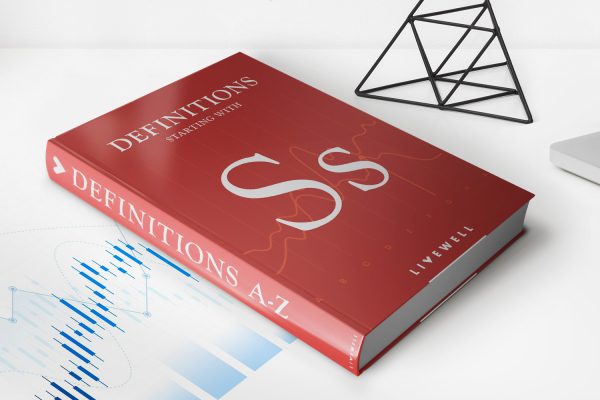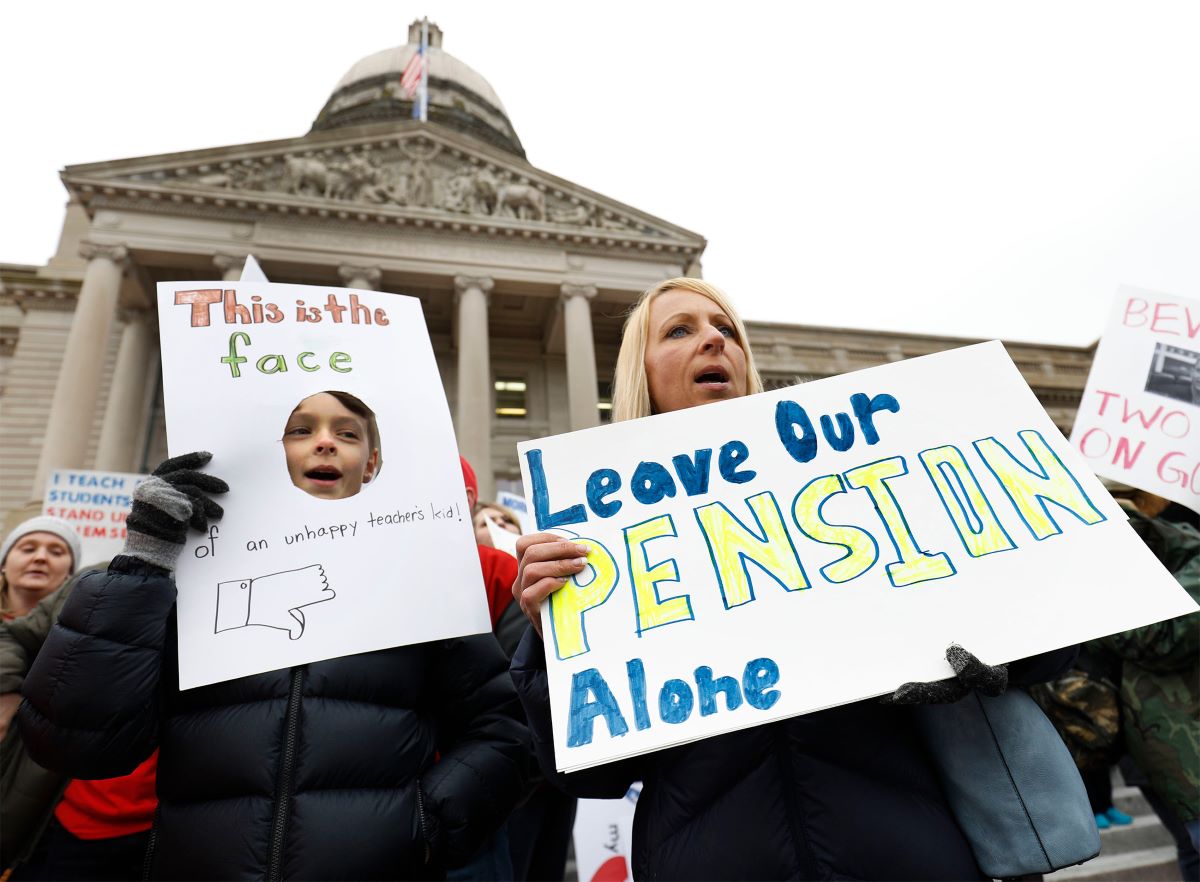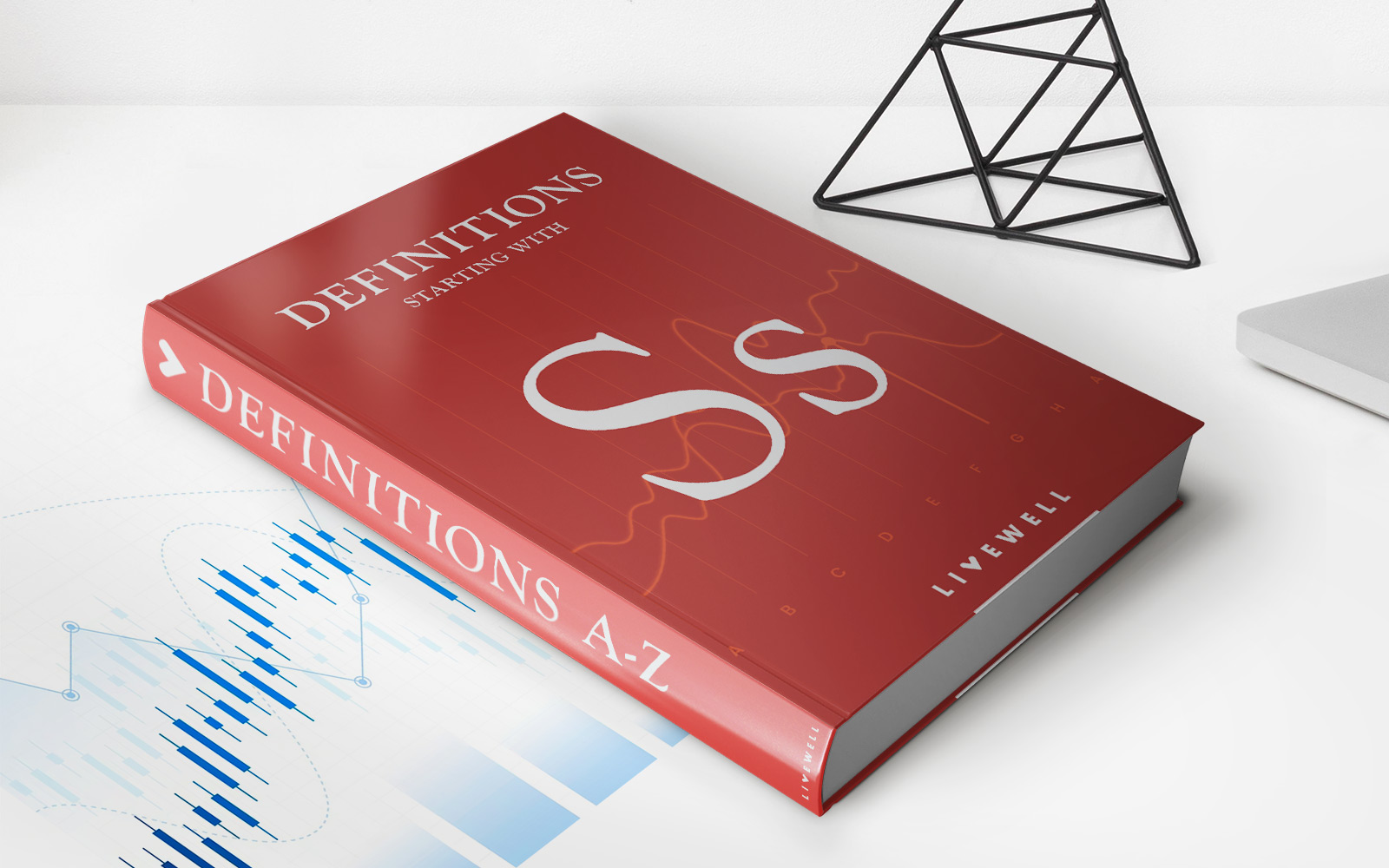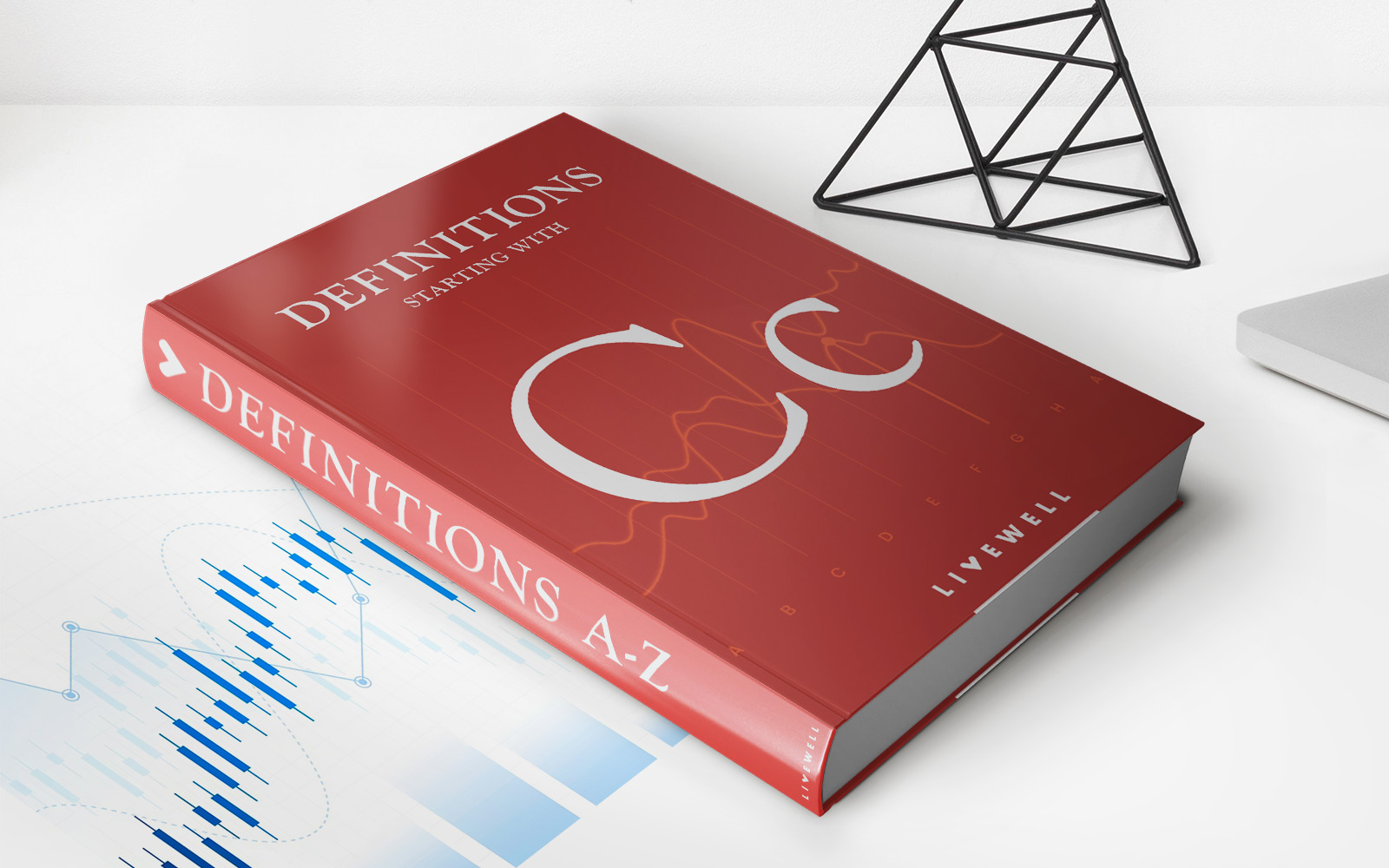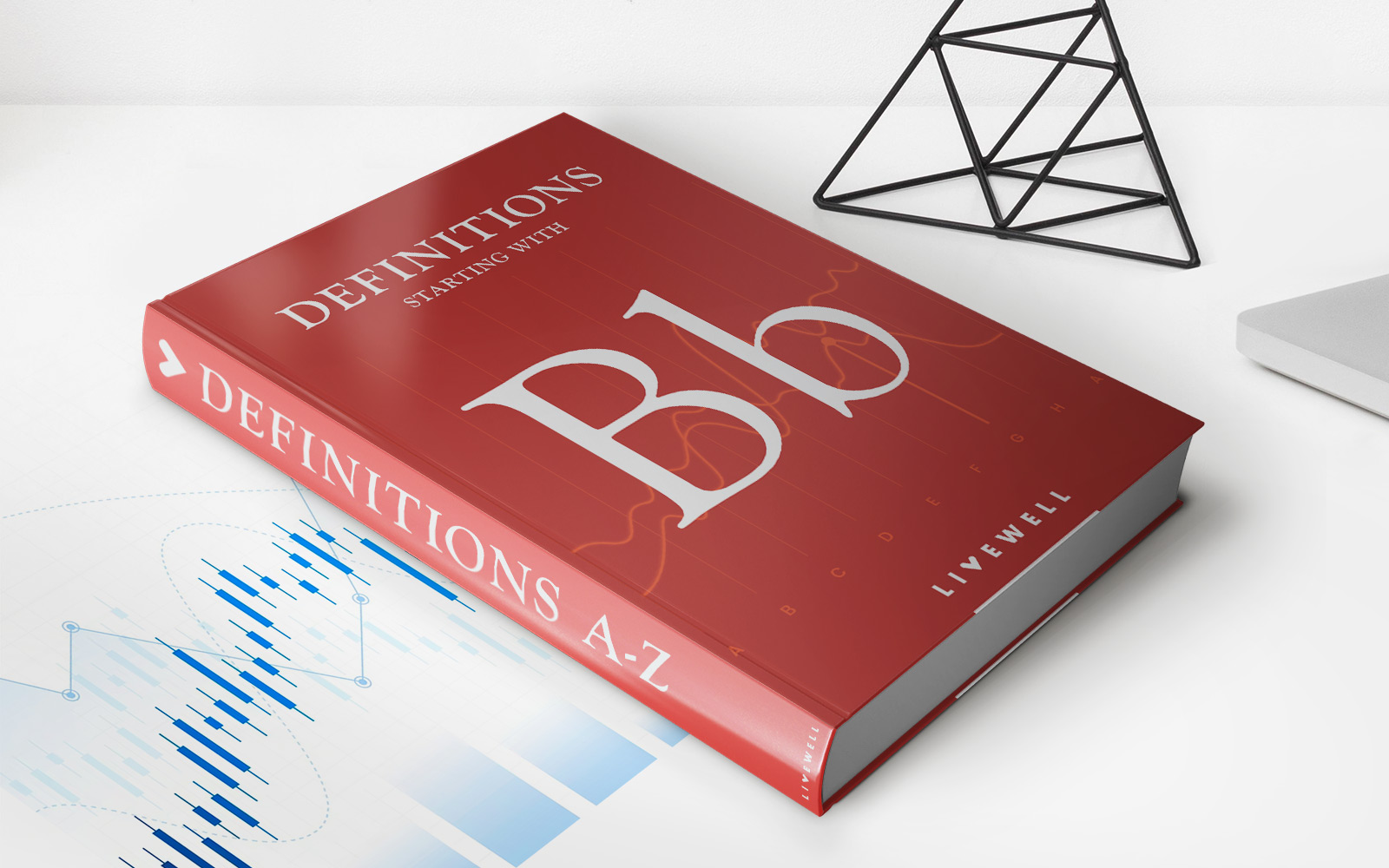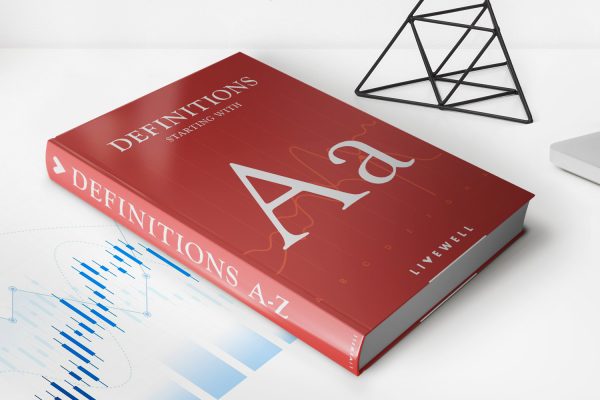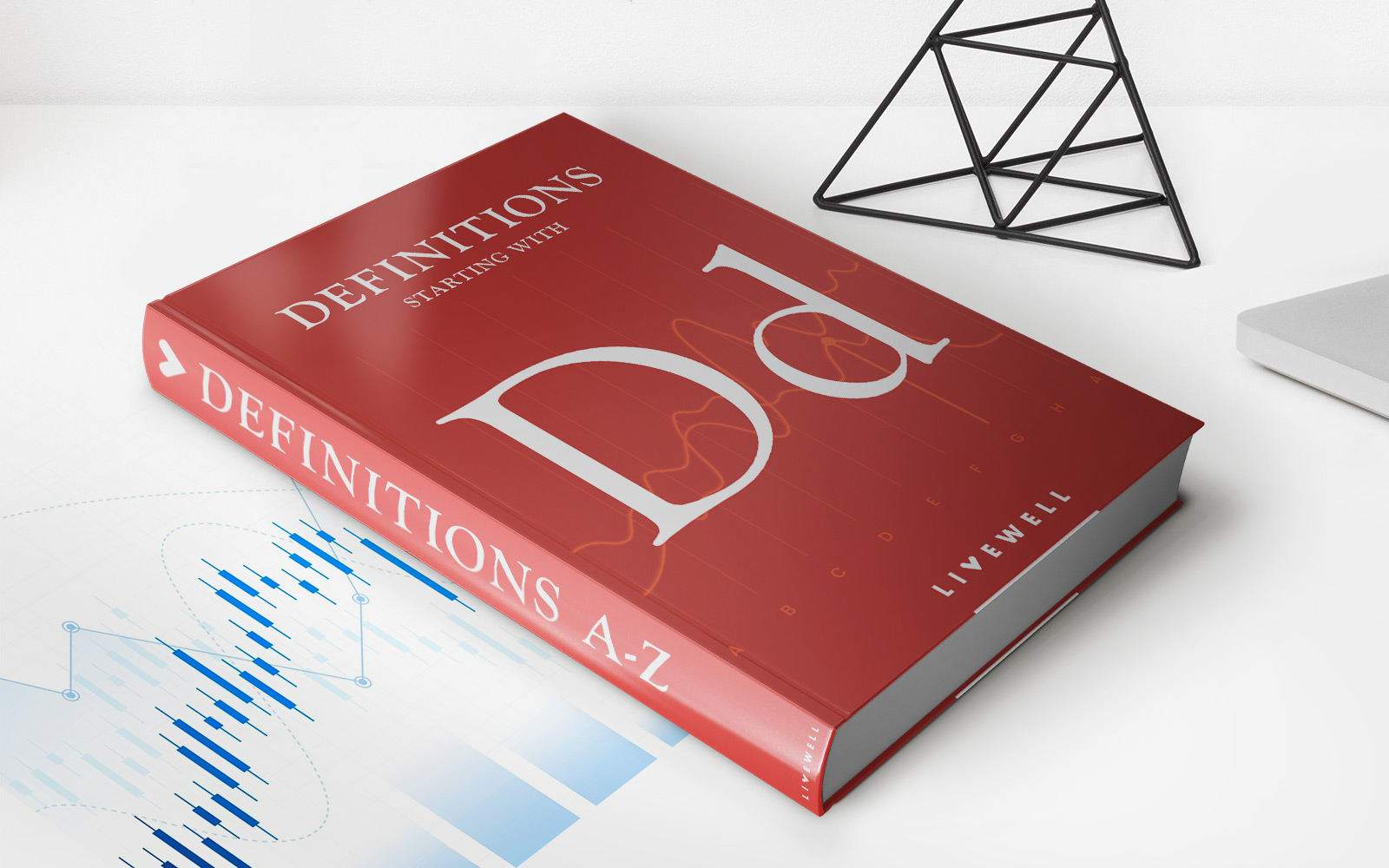

Finance
Why Are Pensions Going Away?
Published: January 22, 2024
Discover the reasons behind the disappearance of pensions and the impact on personal finance. Learn about the changing landscape of retirement savings.
(Many of the links in this article redirect to a specific reviewed product. Your purchase of these products through affiliate links helps to generate commission for LiveWell, at no extra cost. Learn more)
Table of Contents
Introduction
The Evolution of Retirement Planning: Understanding the Decline of Pensions
Retirement planning has undergone a significant transformation in recent decades, with traditional pension plans becoming increasingly scarce. This shift has prompted many individuals to take a more proactive role in managing their retirement savings, leading to the widespread adoption of defined contribution plans such as 401(k)s and IRAs. Understanding the factors driving this transition is crucial for anyone navigating the complexities of modern retirement planning.
In this article, we will delve into the underlying reasons behind the decline of pensions, shedding light on the economic, demographic, and regulatory forces shaping the retirement landscape. From the financial pressures faced by employers to the impact of government policies and the evolving dynamics of an aging population, a multitude of factors have converged to reshape the retirement benefits offered by organizations across the country.
By exploring these factors in depth, we can gain a comprehensive understanding of why pensions are dwindling and how individuals can adapt to these changes to secure their financial futures. Let’s embark on a journey through the intricacies of retirement planning, unraveling the complexities that have redefined the way we prepare for life after work.
The Shift from Defined Benefit to Defined Contribution Plans
One of the primary drivers behind the decline of pensions is the widespread transition from defined benefit plans to defined contribution plans. In the past, many employees were covered by traditional pension schemes, wherein the employer guaranteed a specific benefit amount upon the employee’s retirement, based on factors such as salary history and years of service. This model, known as a defined benefit plan, placed the onus of funding and managing the retirement benefits squarely on the employer’s shoulders.
However, the landscape began to shift as companies sought more cost-effective and flexible alternatives. Defined contribution plans, such as 401(k) accounts, emerged as a popular choice, offering employees the opportunity to contribute a portion of their earnings to individual investment accounts. Unlike defined benefit plans, the eventual retirement benefit in a defined contribution plan is not predetermined, as it depends on factors such as the employee’s contributions, investment performance, and market fluctuations.
This shift in retirement planning places a greater degree of responsibility on individual employees to actively manage their retirement savings, making informed investment decisions and monitoring their portfolio’s performance. While defined contribution plans offer employees more control and portability, they also expose them to market risks and require a higher level of financial literacy.
As a result of this transition, many individuals are now tasked with navigating the complexities of investment management and strategic financial planning to ensure a secure retirement. While defined contribution plans offer a degree of flexibility and portability that aligns with the evolving nature of the workforce, they also necessitate a proactive approach to retirement planning that contrasts with the more passive nature of traditional pension schemes.
Financial Pressures on Employers
The decline of pensions can be attributed, in part, to the substantial financial pressures faced by employers. Traditional defined benefit pension plans place a significant long-term financial burden on companies, as they are obligated to fund the retirement benefits promised to employees, often spanning several decades after their retirement. These obligations require employers to make regular contributions to pension funds to ensure they have sufficient assets to meet future benefit payments.
Moreover, factors such as increasing life expectancies and fluctuating economic conditions have further amplified the financial strain on employers offering defined benefit plans. Longer lifespans translate to extended periods of pension payouts, necessitating larger reserves to sustain these payments over an extended duration. Economic volatility, including market downturns and low interest rates, can also diminish the investment returns on pension assets, leading to funding shortfalls that companies must address.
As a result, many employers have sought alternative retirement benefit structures that mitigate these financial risks and provide more predictability in long-term cost projections. Defined contribution plans offer a more predictable cost structure for employers, as they involve fixed contributions or matching arrangements, enabling companies to forecast their retirement benefit expenses more accurately.
By transitioning away from traditional pension plans, employers can streamline their retirement benefit obligations and allocate resources more efficiently, thereby adapting to the evolving financial landscape and mitigating the uncertainties associated with funding defined benefit pensions. While this shift has alleviated some of the financial pressures on employers, it has also transferred a greater share of the retirement planning burden to individual employees, who must now actively engage in managing their retirement savings.
Longer Life Expectancy and Aging Population
The increase in life expectancy and the aging of the population have played a pivotal role in shaping the evolution of retirement planning and the decline of traditional pension plans. Advances in healthcare, improved living standards, and enhanced medical treatments have collectively contributed to a significant rise in life expectancy, leading individuals to spend a longer portion of their lives in retirement.
While longer life expectancies are undoubtedly a testament to societal progress, they have also exerted substantial pressure on pension funds and retirement benefit programs. Traditional pension plans, designed at a time when individuals typically spent fewer years in retirement, are now confronted with the challenge of sustaining pension payouts over extended periods, often spanning several decades. This shift has strained the financial viability of defined benefit plans, prompting employers to seek more sustainable retirement benefit models.
Furthermore, the aging of the population has resulted in a larger cohort of retirees relative to the working-age population, altering the demographic dynamics of the workforce. This demographic shift has significant implications for pension funding, as a smaller pool of active employees is tasked with supporting a growing number of retirees, thereby intensifying the financial burden on employers offering traditional pension schemes.
As a result, the transition from defined benefit to defined contribution plans has gained momentum, as it offers a more sustainable framework for managing retirement benefits in the face of an aging population and longer life expectancies. Defined contribution plans empower individuals to take a proactive role in securing their financial futures, aligning with the evolving demographics and the imperative for sustainable retirement planning.
While the prolonged life expectancy and the aging population present profound societal and economic implications, they have catalyzed a paradigm shift in retirement planning, prompting individuals and employers alike to embrace innovative approaches that accommodate the realities of an aging workforce and an extended retirement phase.
Government Policy and Regulation
Government policies and regulatory frameworks have exerted a substantial influence on the transformation of retirement planning and the diminishing prevalence of traditional pension plans. The regulatory environment surrounding pension programs, tax incentives, and retirement savings vehicles has evolved significantly, shaping the incentives and constraints that govern employer-sponsored retirement benefits.
One notable regulatory development is the enactment of tax-advantaged retirement savings vehicles, such as 401(k) plans and individual retirement accounts (IRAs), which have gained prominence as primary vehicles for retirement savings. These defined contribution plans offer tax advantages to both employers and employees, incentivizing the adoption of these plans as a means of funding retirement benefits. The tax-deferred or tax-free growth of contributions within these accounts has made them an attractive option for both employers and employees, contributing to the widespread adoption of defined contribution plans.
Moreover, government policies have increasingly focused on promoting individual responsibility and self-reliance in retirement planning, emphasizing the importance of personal savings and investment in securing long-term financial stability. This shift in policy orientation has aligned with the broader transition from defined benefit to defined contribution plans, reflecting a strategic emphasis on empowering individuals to take an active role in their retirement preparedness.
Additionally, regulatory changes have imposed stringent funding requirements and reporting standards on defined benefit pension plans, compelling employers to adhere to more rigorous funding guidelines and financial disclosures. These regulatory measures aim to enhance transparency, accountability, and the financial sustainability of pension programs, safeguarding the retirement security of employees and retirees.
Overall, government policy and regulation have played a pivotal role in shaping the retirement benefits landscape, fostering the ascendancy of defined contribution plans while imposing heightened scrutiny and compliance obligations on traditional pension arrangements. By recalibrating the regulatory framework and incentivizing modern retirement savings vehicles, policymakers have catalyzed a fundamental reorientation in retirement planning, reflecting a concerted effort to adapt to evolving demographic, economic, and social realities.
Conclusion
The evolution of retirement planning, marked by the decline of traditional pensions and the ascendancy of defined contribution plans, reflects a multifaceted interplay of economic, demographic, and regulatory forces. The transition from defined benefit to defined contribution plans has redefined the dynamics of retirement preparedness, placing a greater emphasis on individual engagement and financial acumen.
Financial pressures on employers, stemming from the long-term financial obligations and market uncertainties associated with defined benefit plans, have catalyzed a shift towards more predictable and sustainable retirement benefit structures. Defined contribution plans offer employers greater cost predictability and flexibility, aligning with the imperative to adapt to evolving economic realities.
Moreover, the prolonged life expectancy and aging population have underscored the need for retirement benefit models that can sustain extended periods of retirement, prompting individuals and employers to embrace innovative approaches that accommodate the realities of an aging workforce and an extended retirement phase.
Government policies and regulatory frameworks have played a pivotal role in shaping the retirement benefits landscape, fostering the ascendancy of defined contribution plans while imposing heightened scrutiny and compliance obligations on traditional pension arrangements. The emphasis on individual responsibility and the promotion of tax-advantaged retirement savings vehicles have reshaped the retirement planning paradigm, empowering individuals to take a proactive role in securing their financial futures.
In conclusion, the decline of pensions and the proliferation of defined contribution plans signify a fundamental reorientation in retirement planning, reflecting a strategic response to the evolving needs and challenges of a modern workforce and demographic landscape. As individuals navigate this transformed retirement landscape, informed decision-making, financial literacy, and proactive engagement will be paramount in achieving long-term financial security and a dignified retirement.




